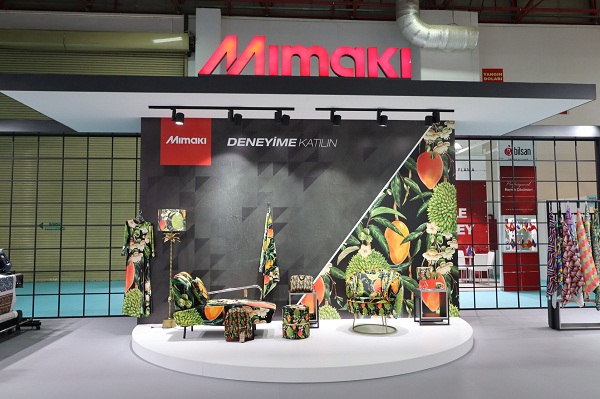
India’s cotton consumption is likely to exceed its current crop this season. Consumption is likely to reach 360 lakhs bales while production will reach only 350 lakh bales. Of the total cotton produced, exports will be around 45 lakh bales. This will create a shortage of 55 lakh bales this year, which needs to be imported. By 2025, India’s consumption is likely to reach 500 lakh bales; exports will be 75 lakh bales. This will help the textile industry grow to $350 billion and exports touch $150 billion.
TMC 1.0 boosts cotton production and productivity
Currently, Indian grows 448 kg per hectare (kg/H)of cotton compared to China’s 1,850 kg/H and Brazil’s 1,800 kg/H. It may be recalled, in 1999, former Prime Minister Atal Bihari Vajpayee had introduced the Technology Mission on Cotton 1.0 (TMC 1.0), to improve production and productivity with internationally competitive fibre quality. The scheme was implemented in February 2000 with three mini missions.
Successful implementation of TMC 1.0 helped India improve production, productivity, quality, marketing infrastructure and ginning capabilities. Cotton production increased from 178 lakh bales to 398 lakh bales during 2013-14. India’s total area under cotton cultivation also increased from 92 million hectare to 128 million hectare during the period of TMC 1.0, making it the largest cotton producer in the world and a net exporter. However, now, India is losing its dominance in exports mainly due to the expiry of the BT technology license and no development in seeds, analyses Ripple Patel, Managing Director Fiotex Cotspin in Textile Value Chain.
Patel says, to regain its position, India needs to develop cotton with more GOT (Ginning Out Turn) rather than net weight of cotton ball. India has always focused on developing hybrid varieties of cotton. In 1970, India produced the Shankar Variety that gave better yield but the cost of production was high. It required more inputs, including fertilizers and water. The government should, incentivize production of this variety of cotton to bring down production costs and introduce integrated crop management for better yield. There is need to focus on the development of cotton hybrids that mature within 150 days, have high GOT and yield better fibers.
However, hybrid production is expensive compared to the pure in line varieties. Their recurring costs are high which ultimately increases farmers’ costs. To avoid this, India should produce more pure in line varieties. This will enable the country to grow 100,000 cotton plants per hectare.
Encourage public private partnerships and fertilizer use
Patel suggests, the government should encourage more public private partnerships between Indian seed companies and SAUs and ICAR to develop superior varieties of cotton. It should focus on developing agronomic packages using growth regulators. This will help increase to 35,000-40,000 cotton crops in Phase I and 55,000-60,000 cotton crops in Phase II.
Promote the use of micro, bio and specialty variety of fertilizers and ban unauthorized sale of fertilizers, seeds and pesticides. Encourage use of mechanized agriculture inputs like pheromone traps, lures, etc, to prevent pest attacks. Promote mechanized farming techniques and adopt a scientific approach to agriculture. Diversify Indian germplasm lines with new sources of ClCv disease tolerance to combat new more virulent recombinant strains of ClCv virus.
Make regulatory changes
Patel opines, certain regulatory changes including altering the Seeds Control Order 1983, Cotton Seeds Price (Control) Order, 2015, Essential Commodities Act, 1955, Seeds Act, 1966 are needed. Increase the limit per acre for Kisan credit card through E-rupi voucher. It should promote aerial mapping from various agencies to ensure sowing of crops. Productivity can be improved through detailed guidelines from National Cotton Committee. Trials can be done on 1,000 hectare to draw conclusions.
Align universities with textile ministry
The government should upgrade state agriculture and national agricultural universities and align them with the Ministry of Textiles instead of Minister of Agriculture. Also, establish a Cotton Excellence Centre governed by Ministry of Textiles in Gujarat and Maharashtra. Finally, Patel suggests India needs to introduce TMC 2.0 with the objectives of developing and transferring cotton technologies and developing new varieties of cotton lint.












